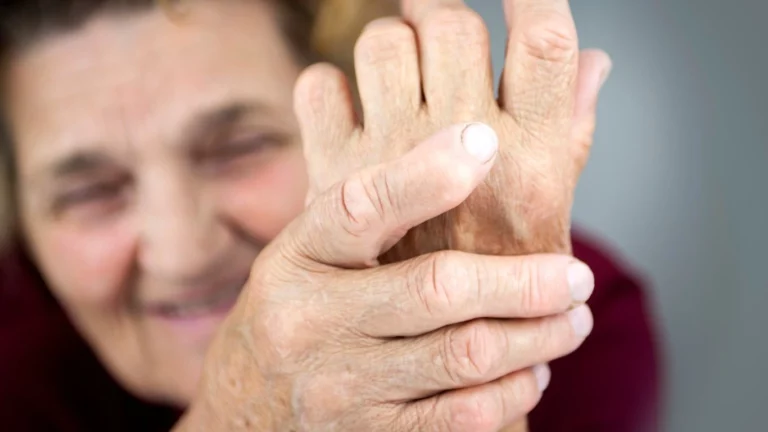Is Rheumatoid Arthritis Worse in Cold Weather? Discover Expert Tips for Relief
Ever notice your joints seem to get more stubborn when the temperature drops? I’ve heard this question so many times in clinic: is rheumatoid arthritis worse in cold weather? And let me tell you—based on my years of experience as a Rheumatology Nurse Practitioner, the answer isn’t as black and white as we’d all like. It’s something my patients bring up every single winter, especially in those early, frosty mornings when getting out of bed feels like a full-body negotiation. So let’s unpack what’s really going on when the chill sets in and your joints start protesting louder than usual.
How Cold Weather Can Affect Rheumatoid Arthritis Symptoms
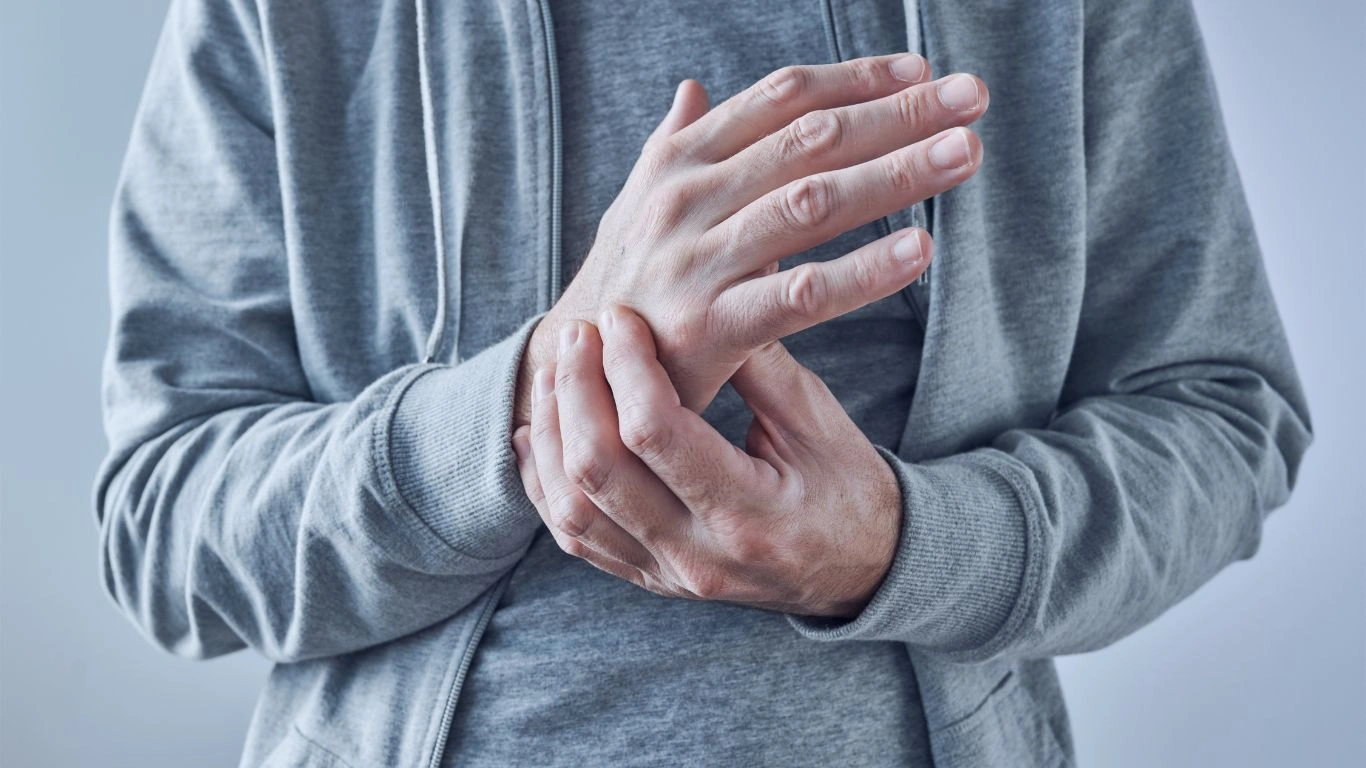
It’s Not Just in Your Head—Weather Sensitivity is Real
First off, if anyone’s ever made you feel like you’re imagining things, let me assure you—you’re not. Many of my patients describe an uptick in joint pain, stiffness, and even fatigue during colder months. This is especially common with rheumatoid arthritis (RA), a chronic autoimmune condition that causes inflammation in the joints. While science hasn’t pinned down every single reason this happens, the patterns are too consistent to ignore. And no, it’s not just the “winter blues.”
So, What’s the Science Say?
The exact connection between weather and RA symptoms is still under research, but here are a few theories that make a lot of sense:
- Barometric pressure drops: Changes in atmospheric pressure may cause joints to expand slightly, irritating the already-inflamed synovial tissue.
- Colder temps lead to muscle tightness: Your body naturally tenses in cold weather, which can worsen joint stiffness.
- Reduced physical activity: Let’s be honest, we all move a little less when it’s freezing outside. That lack of movement? It contributes to stiffness and discomfort.
And while these factors don’t cause RA flare-ups per se, they can absolutely intensify the pain and make day-to-day activities feel tougher.
Rheumatology Room Talk: What Patients Tell Me

I always say that my patients are some of the best sources of real-world insight. I’ve had folks from Michigan to Mississippi tell me the same thing: “When it gets cold, my knees turn into bricks,” or “It’s like my hands forgot how to work.” I remember one particular patient—a retired gardener—telling me she could literally predict a snowstorm better than the local weatherman based on her joint pain alone. That kind of consistent anecdotal feedback is something no textbook can teach.
Cold Weather Flare or Coincidence?
Sometimes it’s hard to tell if the season is truly triggering a flare or if other lifestyle changes that come with winter are to blame. For example:
- Less sun exposure = lower vitamin D levels, which can influence immune response.
- Holiday stress = increased cortisol, potentially worsening inflammation.
- Changes in sleep = disrupted circadian rhythm, which plays a role in immune function.
So yes, the cold itself may not be the sole culprit—but it can definitely be part of a domino effect that leads to worsening RA symptoms.
Tips I Recommend to Patients During Cold Seasons

1. Layer Smart, Not Just Heavy
Warmth is crucial, but it’s not just about piling on blankets. I usually suggest thermal base layers, warm socks, and heated gloves if your hands are prone to stiffness. Don’t underestimate the power of a heated blanket either—it’s like a warm hug for your joints.
2. Keep Moving, Even Just a Little
Joint stiffness is like a car engine—if you don’t keep it running, it freezes up. Gentle stretching, yoga, or even a short indoor walk can help. One of my go-to moves is a simple wrist and ankle roll while watching TV. No gym membership required.
3. Moist Heat Therapy
Dry heat is nice, but moist heat can work wonders. A warm bath, hot compress, or even a damp towel microwaved for a few seconds can loosen up stubborn joints in the morning.
4. Talk to Your Rheumatologist About Seasonal Adjustments
Don’t wait for things to get unbearable. I’ve had patients benefit from small tweaks in their medication plan or even short-term anti-inflammatories during the winter months. The key is to be proactive, not reactive.
Bottom line? While research is still catching up, lived experiences—mine included—tell us there’s a definite connection between cold weather and increased rheumatoid arthritis discomfort. The good news is, with the right strategies and support, you don’t have to spend the winter months in a battle with your joints.
Why Some People with Rheumatoid Arthritis Feel Better in Warmer Climates
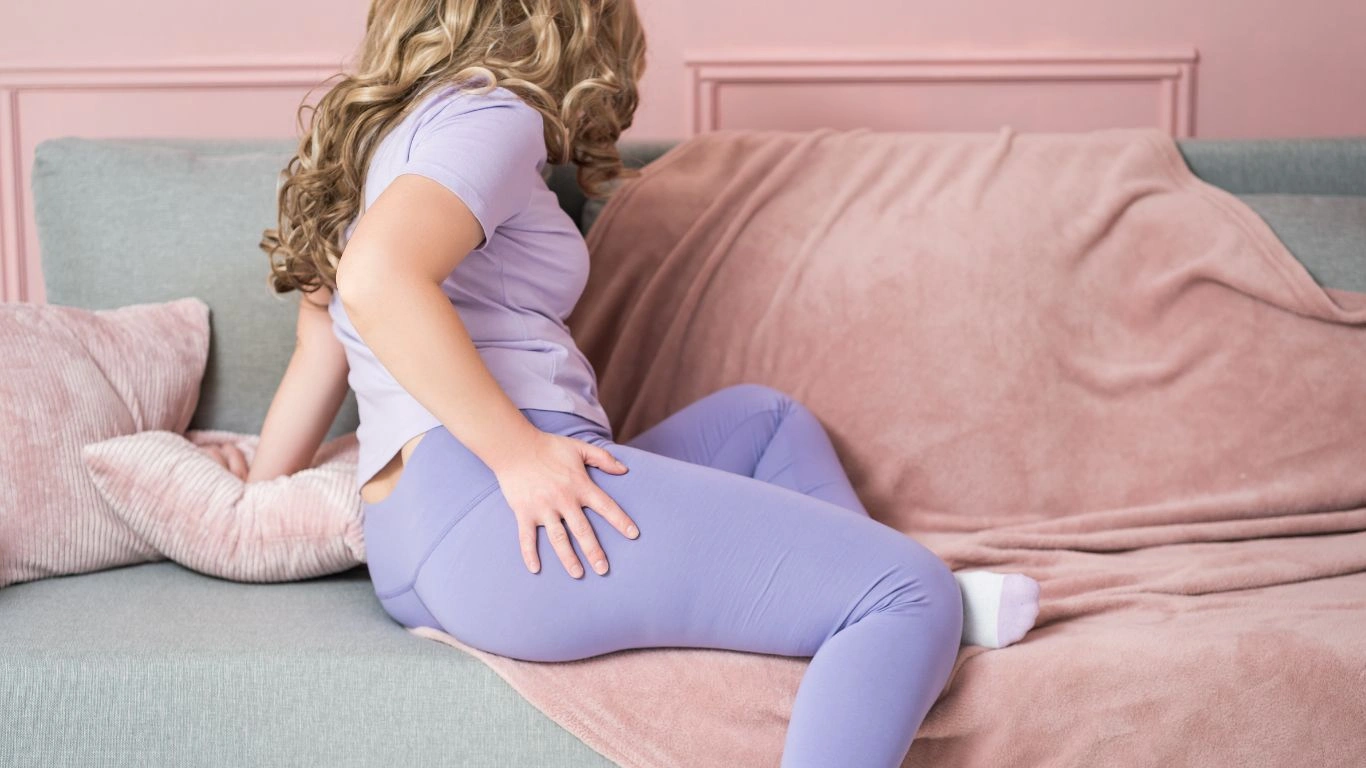
Let’s flip the script for a second. While we’ve been talking about how rheumatoid arthritis feels worse in cold weather, a lot of my patients also report feeling significantly better when they travel to warmer places. I’ve had folks come back from trips to Arizona or Florida practically glowing—not just from the sun but from the sheer relief in their joints. And it’s not all in their heads. There’s something about warmth and sunshine that seems to ease the tension and reduce that nagging stiffness.
What’s So Great About the Heat?
There are a few possible reasons why warmth helps:
- Heat promotes circulation, which can help reduce inflammation and deliver nutrients to sore areas more effectively.
- Sunlight increases vitamin D levels, and some research suggests this vitamin plays a role in immune regulation and inflammation control.
- Warmth reduces muscle tension, allowing joints to move more freely.
Honestly, sometimes just walking around without layers of clothing gives people a sense of physical and mental freedom that’s hard to get in cold climates.
My Personal Tips for Surviving Winter with RA
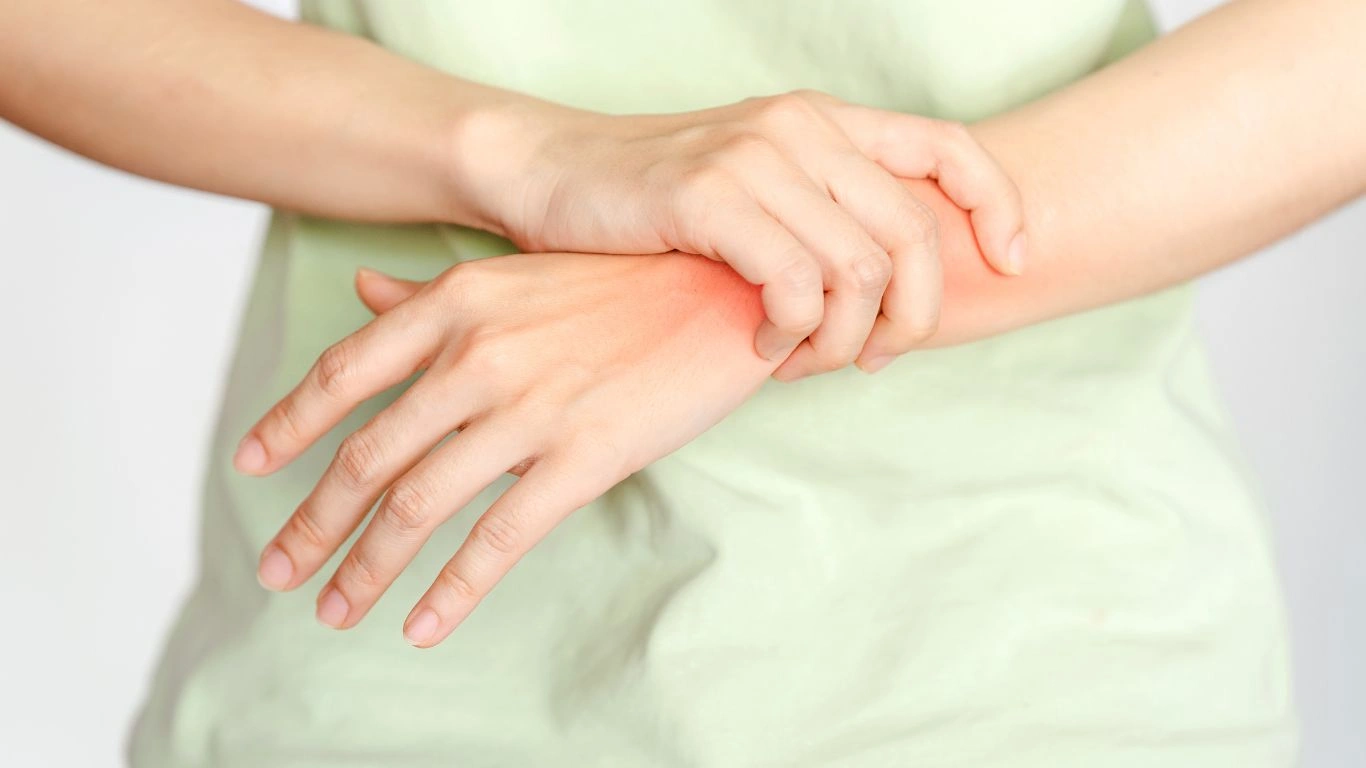
I’ve walked this journey beside hundreds of patients over the years, and winter is always a hot topic—no pun intended. Here are a few nuggets of wisdom I’ve picked up along the way. These aren’t just clinical suggestions, they’re things I’d recommend to my own family.
1. Don’t Skip Your Movement Routine
Even if your joints are whispering, “Stay in bed,” trust me—gentle movement can work wonders. Start small. I often tell patients to do “bed stretches” before even standing up. Think ankle circles, wrist rolls, gentle knee lifts. Just grease the hinges a little before you start your day.
2. Set Up a Cozy Morning Routine
This might sound simple, but starting your day warm and unrushed sets the tone. A hot shower, followed by some light stretches and a cup of anti-inflammatory tea (like turmeric-ginger), can go a long way. Add a heating pad while sipping and it becomes a mini therapy session at home.
3. Stay Hydrated (Yes, Even in Winter!)
It’s easy to forget to drink water when you’re not sweating. But hydration plays a big role in keeping your joints cushioned and functioning well. I usually recommend herbal teas or even warm water with lemon to make it more enticing.
4. Track Your Flares
I’m a huge fan of flare journals. Just jotting down what you ate, how you slept, and what the weather was like each day can reveal patterns you never noticed. Several of my patients have realized, “Hey, I always flare after eating XYZ on a rainy day.” It’s empowering to connect those dots.
5. Invest in the Right Gear
From heated gloves to compression sleeves and even paraffin wax baths, there are so many tools out there that can help you manage discomfort. One patient swore by her electric foot warmer—said it changed her mornings entirely. Another bought a mini treadmill just to keep her knees moving without braving the icy sidewalks.
How Your Environment Impacts Inflammation More Than You Think

Here’s something we don’t talk about enough: your living environment. It’s not just about cold versus warm—it’s about moisture, air quality, stress levels, and even noise. I once had a patient who moved from a damp basement apartment to a sunnier, top-floor condo. She didn’t change her meds, didn’t change her diet—but her flares dropped by half. That’s not coincidence.
Humidity & Mold: The Silent Aggravators
High humidity can make joints feel swollen and sluggish, while mold (often hiding in poorly ventilated homes) may act as a trigger for immune responses. If you live in a damp climate, consider a dehumidifier and regularly checking for mold—especially around windows, bathrooms, and basements.
Stress in the Winter Months
It’s no surprise that winter comes with its own mental health baggage. Less daylight, more isolation, and the post-holiday slump can all raise stress hormones. Cortisol—the big one here—can fuel inflammation if it stays elevated too long. So don’t just focus on your joints. Your mood matters too. Try journaling, meditation apps, talking with a therapist, or just calling a friend. It all helps.
RA-Friendly Home Hacks
- Use electric blankets or heating pads in your favorite chair
- Install ergonomic tools in the kitchen and bathroom
- Keep joint-friendly snacks and water nearby so you’re not straining to cook every meal
- Motion-sensor lights to avoid fumbling around in the dark with stiff fingers
These small tweaks might not seem life-changing, but added together? They can drastically improve your winter quality of life.
It’s Not Just Physical—RA in Winter Affects the Whole You

Something I always try to stress is that RA doesn’t just live in your joints. It lives in your energy, your mood, your patience. And winter has a funny way of poking at all those soft spots. If you’re feeling more irritable or worn out during the colder months, you’re not alone—and it’s not just the cold. It’s the physical effort of moving, the frustration of stiffness, the isolation of being stuck indoors. That’s why managing RA in winter has to be holistic. Physical, emotional, environmental—all of it counts.
So no, you’re not imagining it. Rheumatoid arthritis really can feel worse in cold weather. But with a little planning, a few smart tools, and a whole lot of grace for yourself, it doesn’t have to take over your life. You’ve got this.
Can Rheumatoid Arthritis Flare-ups Be Prevented During Cold Weather?
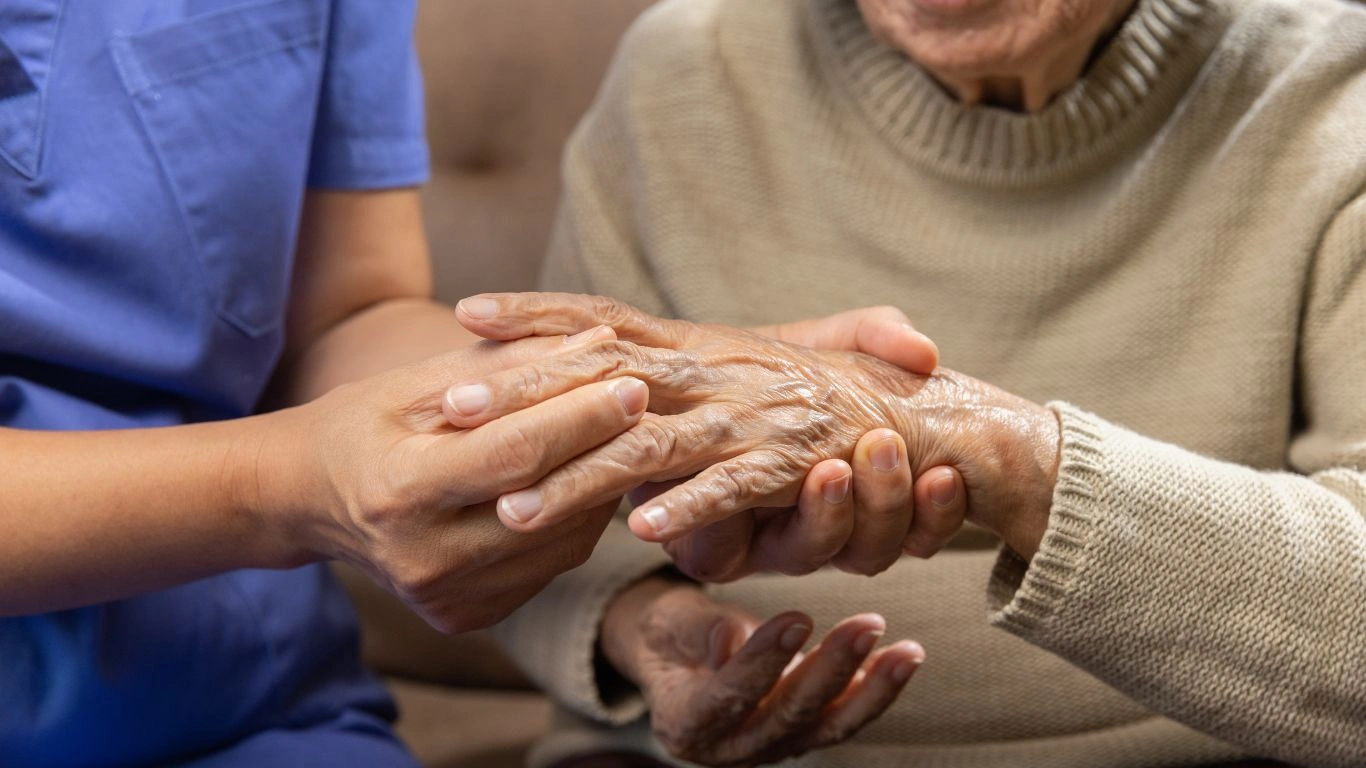
Now, I know what you’re thinking—can I just avoid this whole cold weather flare-up thing? Can I stay warm enough, move enough, and manage stress enough to avoid the worst of it? The short answer is yes, you can definitely reduce your chances of flare-ups, though there may still be times when your body just needs a bit of extra TLC. Let me walk you through some of the most effective ways I’ve seen my patients—and even myself—manage this tricky situation.
1. Optimize Your RA Treatment Plan for Cold Weather
When winter hits, your usual RA routine might need a slight tweak. I often recommend checking in with your rheumatologist to discuss whether adjustments in your treatment plan are necessary. For example, some patients benefit from slightly increased dosages of anti-inflammatory medications or even short-term steroid use if their symptoms become more severe. Everyone’s body responds differently, so staying in close communication with your healthcare provider is key.
2. Keep the Joint Area Protected with Extra Layering
Wearing multiple layers can be the simplest yet most effective strategy. When I’m talking to my patients about keeping their joints comfortable, I emphasize the importance of layering up, particularly on the hands, knees, and shoulders. Soft, thermal clothing (like fleece-lined leggings or heated gloves) helps trap warmth close to the skin, giving those joints an extra boost against the cold. Some patients even wear light compression sleeves to support the joints while also maintaining warmth—these can be worn under clothing for discreet, all-day comfort.
3. Use Heating Pads and Ice Packs Wisely
When it comes to RA flare-ups, heat and cold can both be your friends—if you know when to use each one. Heat therapy is great for warming up stiff muscles and easing chronic joint pain. I always recommend a warm bath or a heated blanket in the evening. On the other hand, ice can reduce inflammation, especially if you’re experiencing a sudden flare-up. I tell my patients to keep a balance—don’t overdo either heat or cold, as both can irritate the skin or make things worse if used improperly.
Nutrition and Lifestyle Tips to Help Manage Cold Weather RA Symptoms

It’s not all about bundling up and popping meds. Your diet and daily habits also play a big role in how you feel during the colder months. After all, RA is an autoimmune condition, so managing the underlying inflammation is crucial. Let me share some simple tips that have worked for my patients.
1. Anti-Inflammatory Foods
Eating anti-inflammatory foods isn’t just a trend—it’s science-backed. I always encourage my patients to include more omega-3-rich foods, like salmon, walnuts, and flax seeds, which can help reduce joint inflammation. Fresh fruits and vegetables like berries, leafy greens, and tomatoes are loaded with antioxidants that fight off free radicals and help modulate the immune response. Even something as simple as a daily turmeric latte or ginger tea can work wonders for reducing joint stiffness and boosting overall wellness during the winter months.
2. Stay on Top of Your Vitamin D
Vitamin D is one of the most important nutrients for people with RA. During the winter, when sunlight is scarce, it’s easy to become deficient, which could potentially worsen symptoms. I often suggest a supplement or a vitamin D-rich diet (fortified foods or fatty fish like mackerel). Make sure to ask your doctor to check your levels, especially if you live in a place with long winters. Some patients find that adding a vitamin D supplement into their daily routine has a noticeable impact on both mood and joint pain.
3. Manage Your Stress Levels
Wintertime stressors—whether it’s dealing with the holidays, financial pressures, or just feeling isolated—can absolutely affect your physical health. Chronic stress elevates cortisol, which can trigger flare-ups in autoimmune conditions like RA. I encourage my patients to practice mindfulness, whether through deep breathing, yoga, or even short walks outside in the fresh air (even when it’s chilly!). Taking time for yourself is one of the best ways to support your physical health during cold weather.
What About Alternative Therapies for RA in Winter?
If traditional treatments haven’t been giving you the full relief you’re hoping for, you might want to consider integrating some alternative therapies into your routine. It’s a growing field, and I’ve seen some of these options offer great benefits to patients.
1. Acupuncture
Acupuncture, while still a bit controversial in some circles, has been shown in several studies to help with pain relief and inflammation for RA patients. Several of my patients swear by it, particularly during the winter months when they’re looking for extra support to manage their pain levels.
2. Physical Therapy
Physical therapy isn’t just for recovering from surgery or injury—it can also help manage chronic conditions like RA. A well-rounded physical therapy routine can help maintain your range of motion, improve flexibility, and strengthen muscles around the joints, making it easier to deal with stiffness and discomfort in cold weather.
3. Massage Therapy
Massage can be a great way to alleviate muscle tension, increase circulation, and calm the nervous system. For RA patients, gentle, therapeutic massage can offer great relief—just make sure your therapist is well-versed in working with people who have autoimmune diseases so they can avoid putting too much pressure on your joints.
Helpful Resources and Support for Rheumatoid Arthritis
If you’re feeling overwhelmed by RA or wondering if there’s more to explore in terms of treatment options, you’re not alone. There’s a whole network of support groups, online communities, and resources where you can connect with others who understand exactly what you’re going through.
- Health.com provides great articles on managing RA in all seasons.
- National Institutes of Health (NIH) offers reliable, up-to-date research on rheumatoid arthritis treatments.
- American College of Rheumatology is a fantastic resource for learning about the latest treatments and getting expert advice.
Disclaimer
Keep in mind that this article provides general advice and recommendations. Always consult with your healthcare provider before making changes to your treatment plan, diet, or lifestyle, especially if you have rheumatoid arthritis or any other health condition. The tips shared here are based on personal experience and general medical advice, but they are not a substitute for professional medical care.

Tarra Nugroho is a dedicated Nurse Practitioner with a strong foundation in family and preventive care. She brings both compassion and clinical expertise to her practice, focusing on patient-centered care and health education. As a contributor to Healthusias.com, Tarra translates medical knowledge into clear, empowering articles on topics like women’s health, chronic disease management, and lifestyle medicine. Her mission is simple: help people feel seen, heard, and informed—both in the clinic and through the content she creates. When she’s not caring for patients, Tarra enjoys weekend hikes, plant-based cooking, and curling up with a good health podcast.



